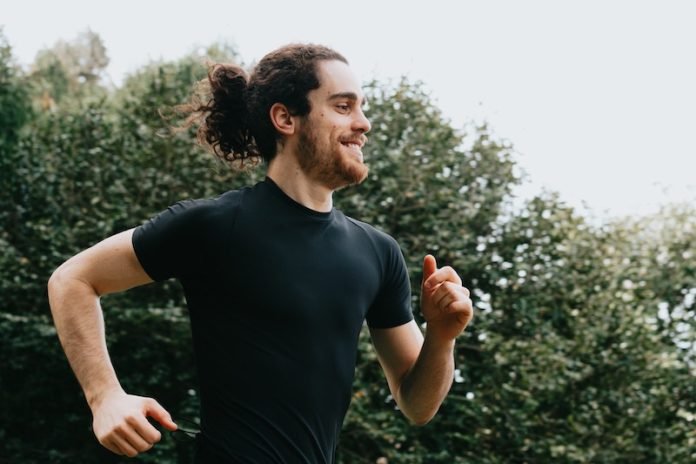
Research led by the University of Sydney’s Charles Perkins Center, Australia, has found that incorporating three to four one-minute bursts of vigorous activity into daily tasks can significantly reduce the risk of premature death, particularly from cardiovascular disease.
The study, published in Nature Medicine, terms these short, intense activity bouts as “Vigorous Intermittent Lifestyle Physical Activity” or VILPA.
VILPA: A Novel Approach to Daily Exercise
VILPA refers to the brief periods of vigorous activity we perform throughout the day, such as running for a bus, power walking, or playing high-energy games with children.
The researchers discovered that engaging in three to four one-minute instances of VILPA daily could lead to a reduction of up to 40% in all-cause and cancer-related mortality and up to a 49% reduction in deaths related to cardiovascular disease.
According to the lead author of the study, Professor Emmanuel Stamatakis, the benefits of high-intensity interval training (HIIT) can be achieved by enhancing the intensity of incidental activities performed as part of daily life.
Exercise and Daily Life: Key Findings
Approximately 89% of all participants engaged in some form of VILPA, with 93% of all VILPA bouts lasting up to one minute. On average, participants performed eight VILPA bouts per day, each bout lasting around 45 seconds.
The most significant gains were seen when comparing those with around four to five bouts per day to those with no VILPA. Larger benefits were found with larger VILPA amounts, suggesting that the more, the better.
Interestingly, an analysis of 62,000 people who regularly exercised found similar results, implying that the health benefits are comparable whether the vigorous activity is part of structured exercise or daily tasks.
The Study and Its Implications
Researchers utilized wrist-worn tracker data from UK Biobank to measure the activity of over 25,000 ‘non-exercisers’.
These are participants who reported that they do not engage in any sports or exercise during leisure time.
Following participants over seven years, the team found that any activity recorded by this group was incidental physical activity done as part of everyday life.
The team, which includes members from the University of Sydney, the University of Oxford’s Big Data Institute (UK), University College London (UK), University of Glasgow (UK), University of Southern Denmark, and McMaster University (Canada), is calling for an update to physical activity guidelines to reflect these findings.
Previously, health benefits of vigorous-intensity physical activity were thought to be gained through structured physical activity such as sport or running during leisure time.
But this research shows that all activity counts, and even short bouts of intense activity can confer significant health benefits.
The potential of wearable technology to reveal ‘micropatterns’ of physical activity, such as VILPA, could be invaluable in understanding the most feasible and time-efficient ways people can benefit from physical activity, whether it’s done for recreation or as part of daily life.
If you care about diabetes, please read studies that MIND diet may reduce risk of vision loss disease, and Vitamin D could benefit people with diabetic neuropathic pain.
For more information about diabetes, please see recent studies that Vitamin E could help reduce blood sugar and insulin resistance in diabetes, and results showing diabetes drug metformin may slow down cognitive decline.
The study was published in Nature Medicine.
Follow us on Twitter for more articles about this topic.
Copyright © 2023 Knowridge Science Report. All rights reserved.



